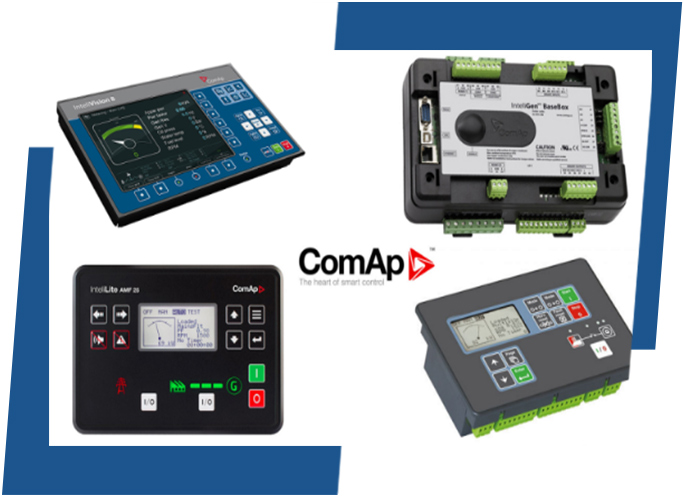Apart from individual customers or technical personnel in larger organisations who have first-hand experience with generators, investors don’t necessarily need to know much about generators, and need to initially be made aware about the different types of generators depending on the:
- application – prime power supply or standby (emergency) power; mission-critical or not
- type of consumers – single or three-phase; with linear or peak loads; etc
- type of fuel – petrol, diesel or gas, or bi-fuel
- engine – running at 1500 or 3000 rpm
- engine manufacturer
- alternator manufacturer
- controller – FGW Power Wizard/DCP10, DSE (Deep Sea Electronics), ComAp, Datacom
- cooling – air, water or oil
- manual start or level of automation – key-start or automatic start, remote monitoring and control, synchronizing with other generators or the power grid; LTP (load transfer panel) or ATS (auto-transfer switch) with contactors (mains and generator) or a motorized switch, built-in (if possible) or in a separate panel with various levels of water and dust ingress protection
- level of autonomy – determined by the load and capacity of the fuel tank (integrated or external)
- exhaust sound attenuation – industrial, residential, critical
- length of exhaust and number of bends – for back-pressure considerations
- open or in a weather-proof sound-attenuated enclosure
- location – indoors or outdoors – street level or below, or on a roof; distance to main switchboard; etc

With all this in mind, identifying and defining customer needs is an essential first step in our approach to provide an optimal solution. It is imperative to determine the power needs not only by the power requirements but also by the type of consumer and then ensure there is a power reserve of at least 25-30% – as much for easier load-handling by the (standby) generator as for some spare capacity for the future since needs tend to grow and may not be foreseeable at time of purchase.
In this context, it is worth pointing out that the price for a larger generator is indeed higher but in fact the price per kVA (or kW) decreases significantly with the growing power rating, at least between 10 and about 800kVA and the larger marine engines for higher ratings. This is an important understanding when making a decision for a long-term investment such as a generator.
Also, on projects with larger power requirements, say 800/1000kVA and above, it may be prudent to consider getting two (or even three, depending on the criticality of the application) smaller generators because of their lower price (and usually much shorter delivery time) and lower maintenance costs but also because of redundancy – should the one large generator fail for some reason, there is no backup, while if one of the smaller generators fails, chances are the other will supply half of the requirements, or if there are three (the third being a backup to either of the other two generators), then all the consumers are covered. Especially for mission-critical applications such as hospitals, airports, radar stations, banks, we always advise redundancy – a backup-on-backup (1+1 or 2 + 1).